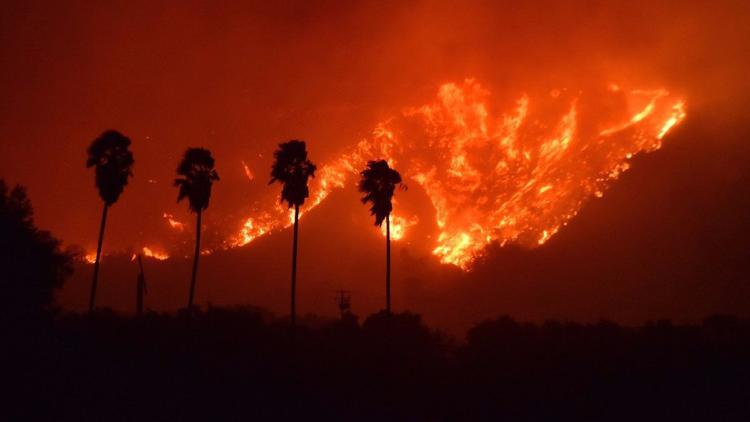Reasons and effects of a low commitment to Energy Infrastructure
Electricity service
is, by its nature a highly capital intensive and a politically constrained
enterprise. It involves more than 3,000 companies; is owned by investors,
municipalities, cooperatives, and federal agencies; and, is regulated by state
and federal authorities whose jurisdictions overlap. Beginning with the Public
Utility Regulatory Policy Act of 1978 and accelerating with the Energy Policy
Act of 1992, orders to deregulate the electricity enterprise led to the partial
dismantling of the institutional structure for the electricity sector. That
structure has not been replaced by an alternative with coherent institutions
and rules. As a consequence, elements of the diverse electricity sector are in
crisis, and the effects have been spreading. The investor-owned utilities are
operating under inconsistent and conflicting regulations.
Market reforms,
however well intentioned, have shown mixed success and have resulted in rules
that differ from state to state and, in many cases, from utility to utility
within a state. Order 888, issued by the Federal Energy Regulatory Commission
in 2000, required open access for all transactions on interstate transmission
circuits. Federal open access orders, however, have not given clear direction
for how open competition is to be implemented. Changing environmental policies
have added to the uncertainty in the electricity sector, even though many
proposals were intended to reduce uncertainty.
Any
one of these problems might have been manageable. But the concurrent
convergence of several independent difficulties has caused serious turmoil in
the business aspects of the electricity sector. Increasingly, wholesale markets
are thwarted by the inability of the aging US power delivery system to support
transactions. Further expansion of retail deregulation has essentially come to
a stop. Credit markets have shut out nearly all of the high risk energy trading
companies, whose business has turned from boom to bust over the past several
years. Other industry members have seen their credit ratings drop, and
financing costs for the industry have risen dramatically. Those strains on
business have affected any number of stakeholders in the electricity sector;
they are unable to plan, unwilling to invest, and stalemated in their attempts
to devise a way out of the current dilemma.




Comments
Post a Comment